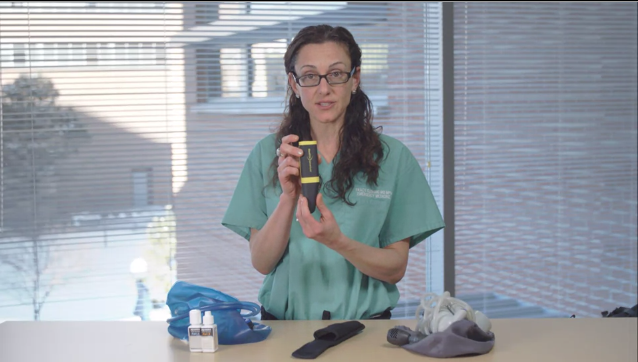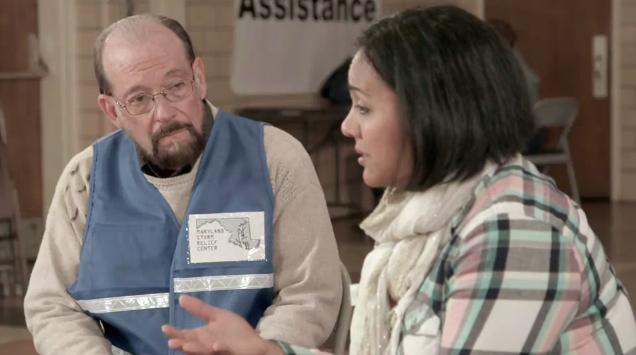H
helloyinner
Guest
In the wake of the Nepalese earthquakes, our university professors who teach disaster relief and humanitarian aid on Coursera have tips on how to extend support:
 Instructors from the Foundations for Global Health Responders course from the University of Colorado System provide a few key steps for support, raising awareness, and aligning with an organization in a time of need.
Instructors from the Foundations for Global Health Responders course from the University of Colorado System provide a few key steps for support, raising awareness, and aligning with an organization in a time of need.
Financial support is the most important way to help, through a monetary donation. Sending food, clothing, or other supplies are generally not helpful as the expense and logistical challenge exceed the benefits of getting these materials to the people who actually need them. It’s much easier and cheaper for relief agencies to procure goods and services nearby to the relief effort.
If you can’t donate, then use your social capital to raise awareness for the humanitarian need—tweet, post, blog, and promote the need for resources for the relief effort, and understand that although most of the media attention will soon fade, the need will remain for months and possibly years.
Finally, if you are hoping to help, remember to never just “show up”. Coordinate yourself with an established relief organization that can keep you safe and put you in a position to help. The first rule of medicine is to “do no harm” and this is the first rule of humanitarianism as well.
Visit the course to learn more about humanitarian response and how to keep yourself safe and savvy when engaging in global health work.
 Instructors of Psychological First Aid and Disaster Preparedness from Johns Hopkins University highlight the importance of physical first aid during a traumatic event and preparing yourself for the unexpected.
Instructors of Psychological First Aid and Disaster Preparedness from Johns Hopkins University highlight the importance of physical first aid during a traumatic event and preparing yourself for the unexpected.
We all know about the importance of rendering physical first aid in the wake of a traumatic event, but we also know that these events can cause psychological damage as well. Psychological first aid is a compassionate and supportive presence designed to mitigate acute distress and assess the need for continued mental health care. In the course, you’ll see a disaster response worker rendering psychological first aid by using the Johns Hopkins RAPID model. You can learn more by signing up for the whole course.
Finally, it’s important to remember that any response to a disaster should consider the full life cycle of a disaster such as: preparedness and planning, mitigation, response, recovery, and evaluation. You can start by using a Hazard Vulnerability Assessment to begin working on an emergency operations plan. Join the full course to learn how your organization can utilize effective strategies like this to maximize communication, collaboration, and coordination to ensure you are fully-prepared for all potential hazards that may result in a disaster event.
Continue reading...

Financial support is the most important way to help, through a monetary donation. Sending food, clothing, or other supplies are generally not helpful as the expense and logistical challenge exceed the benefits of getting these materials to the people who actually need them. It’s much easier and cheaper for relief agencies to procure goods and services nearby to the relief effort.
If you can’t donate, then use your social capital to raise awareness for the humanitarian need—tweet, post, blog, and promote the need for resources for the relief effort, and understand that although most of the media attention will soon fade, the need will remain for months and possibly years.
Finally, if you are hoping to help, remember to never just “show up”. Coordinate yourself with an established relief organization that can keep you safe and put you in a position to help. The first rule of medicine is to “do no harm” and this is the first rule of humanitarianism as well.
Visit the course to learn more about humanitarian response and how to keep yourself safe and savvy when engaging in global health work.

We all know about the importance of rendering physical first aid in the wake of a traumatic event, but we also know that these events can cause psychological damage as well. Psychological first aid is a compassionate and supportive presence designed to mitigate acute distress and assess the need for continued mental health care. In the course, you’ll see a disaster response worker rendering psychological first aid by using the Johns Hopkins RAPID model. You can learn more by signing up for the whole course.
Finally, it’s important to remember that any response to a disaster should consider the full life cycle of a disaster such as: preparedness and planning, mitigation, response, recovery, and evaluation. You can start by using a Hazard Vulnerability Assessment to begin working on an emergency operations plan. Join the full course to learn how your organization can utilize effective strategies like this to maximize communication, collaboration, and coordination to ensure you are fully-prepared for all potential hazards that may result in a disaster event.
Continue reading...
